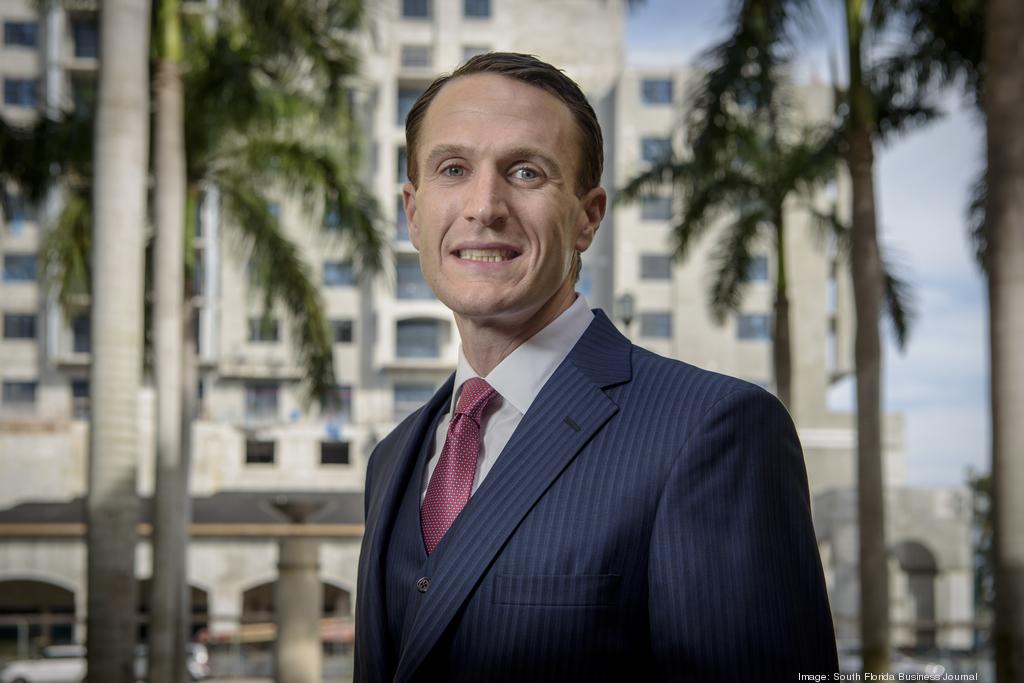BEFORE YOU GO REACHING FOR YOUR WALLETS, PUT YOUR $2,000,000 AWAY FOR ANOTHER DAY, FOR THIS 10.07 HAS INCREASED IN VALUE BY A STAGGERING 500%
UP FOR AUCTION THE DIAMOND HAS A GUIDE PRICE OF US$8,000,000 - 12,000,000
MOST OF THE WORLDS PINK DIAMONDS COME FROM THE ARGYLE MINE IN WESTERN AUSTRALIA, AND WHEN YOU CONSIDER THAT THERE IS ONLY ONE COLOURED DIAMOND FOR EVERY TEN THOUSAND, YOU CAN UNDERSTAND THE HIKE. COUPLE THIS WITH THE FACT THAT THE MINES SUPPLY IS LIKELY (OR SUPPOSED LIKELY) TO RUN OUT BEFORE 2020 AND PINK DIAMONDS SUDDENLY BECOME MUCH MORE INTERESTING AND EXPONENTIALLY MORE VALUABLE.
The 10.07-carat, cushion modified brilliant-cut, fancy intense purple-pink gem flanked on either side by a triangular-shaped diamond will be on offer at the auctioneer's Magnificent Jewels sale in New York in April.
The appreciation from the $2 million purchase price in 2007 comes amid an increase in the value of pink diamonds as supply is forecast to run out and demand has spiked, according to the stone's appraiser.
"There is only one colored diamond for every 10,000 colorless diamonds," said Andrew Kravit, founder and president of Kravit Estate Appraisals, in a statement March 24.
"Most of the world's pink diamonds come from the Argyle mine in Western Australia, whose supply is expected to run out by 2020. High demand from wealthy individuals and savvy investors around the world is driving the steep increase in values."
Kravit was asked to appraise the couple's jewelry collection for insurance purposes last fall and discovered the diamond ring was undervalued.
"When I looked through a list of their personal assets on their insurance policy, I saw some pieces that were overvalued, others that were undervalued and a few that were right on the money," Kravit said in the statement. "But there was one glaring mistake: their 10-carat pink diamond had been appraised for only $4.7 million."
Kravit called an associate specializing in colored diamonds, who confirmed the piece would fetch more than $8 million in the current market.
"Pink diamonds in strongly saturated colors of over a carat are a rarity," added Rahul Kadakia, international head of jewelry at Christie's. "To locate an intense pink gem of over 10 carats is a real event in the world of jewelry auctions."
The Magnificent Jewels auction on April 20 will also feature the 15.99-carat 'Jubilee Ruby' estimated at $12 million to $15 million.
Another option is selling the assets, in whole or in part, to a third-party prior to closing the sale of the home. Our team at Kravit Estate Appraisals LLC has advised many owners with collections that appeal to affluent individuals. For example, a group of paintings by a noteworthy artist or several pieces of fine jewelry could be sold at auction to the highest bidder. For other owners, the best choice might be to donating their personal assets to a charity and gain a significant tax deduction.
This choice can be very beneficial for entrepreneurs, executives and professionals who are still earning a six- or seven-figure income. Donations can also be incorporated into an estate plan. But before the owners sell or donate their expensive personal assets, it's important to obtain an up-to-date appraisal of their values.
That's because each necklace, painting, sculpture, wall hanging or antique is unique, unlike stocks or bonds with easily determined market values. Documentation of purchase prices, conditions, appraised values and market demand is essential whether the owner plans to sell these belongings, donate them to a charity or use them as a bargaining chip in negotiating the sale price of the home. Our team works closely with South Florida real estate professionals serving the luxury residential market.
In many cases, we can make a preliminary evaluation of the personal assets and discuss the owner?s options prior to listing the home for sale. This is particularly important if the owner wants to include the artwork or furnishings in the sale. Kravit Estate Appraisals LLC can also assist with selling or donating the personal assets before (or after) the closing. By helping owners maximize the value of their possessions, we can improve their financial situation, giving them additional resources as they begin the next stage of their lives.

Andrew Kravit's family has been in the art and jewelry business for five generations, but he decided to go it alone instead of staying with his parent's company.
Founded in August 2012, Boca Raton based Kravit Estate Appraisals generated over $4 million in revenue in 2015, he said, it has two lines: it helps estates appraise the value of their luxury goods, and it assists the estates in selling those goods.
Its goal is to ensure clients obtain top dollar for their assets.
"We deal with life changing events: death, divorce and bankruptcy, Kravit said.
To have someone- not only as a professional but also an adviser and friend- to walk through the process is invaluable.
Kravit's great- great grandfather name to the U.S. from Russia in 1904 and engraved watches.
He realized he could collect the leftover gold shavings and refine them.
That started a family business of selling precious metals and jewelry. Kravit's parents own a company that buys jewelry, art and other valuable assets from estates and resells them.
A New York University graduate, Kravit did post grad work at Sotheby's auction house, and was an apprentice diamond cutter. He worked for his parents for years, before deciding to start his own business.
Kravit Estate Appraisals works with attorneys to value client assets, often when they must be sold because of estate taxes, inheritance, divorce or bankruptcy. It contracts with 20 appraisers in 30 asset classes, from art to wine to cars to horses. The company charges an hourly rate for appraisals and a commission for sales, but the appraisal charge is waived after items are sold, Kravit said.
One of the most unusual items it appraised was a sabre -toothed tiger skull that a plastic surgeon had for 40 years. It was worth $250,000, Kravit said.
The company also helps clients ship, insure and display valuables. It recently developed a mobile application so clients can rifle through photos and information about their most prized possessions.
The reasons people collect are: one, to show off; two, so no one else has it; and three, to teach their kids about the heritage of certain items and why they collect them, Kravit Said. Written by Brian Bandell, South Florida Business Journal.

One of the challenges facing high-net worth (HNW) individuals and their families is managing their valued collections of fine art, jewelry, antiques, wine, coins, and other treasure assets. Unlike stocks, bonds, and other liquid securities with easily determined market values, each treasure asset is unique, with its own special appeal to a collector.
Without full documentation of the asset’s purchase price, provenance, condition, appraised value, and market demand, it can be very difficult to determine the current value for insurance, tax, or estate-planning purposes. In addition, heirs or trustees may not recognize the significance of an asset or maximize its sales value if an appraisal is outdated or poorly done or the provenance is missing. That documentation problem, of course, is multiplied with large collections that may include hundreds of unique pieces.
That’s an important consideration for attorneys, accountants, and other professional advisors, since fine art, jewelry, and antiques can account for a significant component of an individual’s total wealth. A recent Barclays wealth-management report found that treasure assets comprise 9.6 percent, on average, of individuals’ total net worth.
HNW individuals also like the potential investment returns from their treasure assets. According to Knight Frank’s Wealth Report, the nine main collectibles markets grew by 175 percent over the past 10 years — a far better record than U.S. stocks. Last year, all nine categories tracked by Knight Frank increased in value except for collectible furniture; alternatively, classic cars, coins, stamps, and jewelry were the top performers.
Another issue facing HNW individuals is that fine art, jewelry, antiques, stamp and coin collections, and classic automobiles are personal possessions that may be displayed or stored in different locations. If a theft, fire or natural disaster results in a loss, the collector will need to document which treasure assets were stolen, damaged, or destroyed, as well as their individual and collective values.

Andrew Kravit knows how to determine the value of jewelry, precious gemstones and the contents of a home. One of the state's few certified estate appraisers, Kravit is also a Graduate Gemologist from the Gemological Institue of America and holds other professional credentials.
"We focus on excellence in personal property appraisal, liquidation, advisory and expert testimony," says Kravit, founder and president of Kravit Estate Appraisals LLC, a certified appraisal and estate liquidation firm in Boca Rotan with experienced appraisers in 30 asset classes, including fine art, timepieces, fine wine, coins and currency.
"We provide appraisals for tax purposes, insurance and chartiable contributions." he adds. "We also help clients maximize the value of an estate through our flexible, transparent and cost-effective liquidation services." For example, Kravit offers clients representation fo their jewelry collections to international markets for a 10 percent commission — far less than local and national auction houses.
Before launching the firm in 2012, Kravit studied gemology and spent a decade with an acquisition firm. A member of the National Assocation of Jewelry Appraisers and a Certified member of the International Society of Appraisers, Kravit provides expert testimony on valuations in legal cases.

Whether owners plan to donate, sell outright or leave items as part of an estate, a current appraisal is essential because it means there's no guesswork in valuation, said Andrew Kravit, president of Kravit Estate Holdings, LLC. "A lot of times, heirs have no idea of the value of what they’ve inherited; and if they sell the items, they may not get the full benefit," he added.
While the owners typically have a good idea of the value of an item, inheritors often wildly skew the numbers upward. "The owners are the level-headed ones," Kravit said. "Inheritors see things online and think they're worth much more than they are."
When items are part of an estate plan, owners often obtain appraisals because they want to ensure they are dividing tangible items evenly among future heirs. Kravit recently was asked to appraise a Patek Philippe watch and a star ruby ring one couple planned to give to their two children to determine whether they were of roughly the same value.
"In a lot of situations, we help avoid complications in the family," he said.

You've just inherited your grandmother's antique desk, or your father's coin collection. While the sentimental value may be obvious, the financial value may not be. You could be looking at a considerable financial windfall or just another pretty painting that's hardly worth more than the cost of the frame. A professional appraisal can help you decide if you should toss it or treasure it.
It pays to know the value of what you own or inherit -- whether you need to purchase insurance, divide up your assets, value an estate or determine the worth of charitable tax deductions. And in many cases, an appraisal is required -- to obtain insurance or to write off taxes on donated items that exceed a certain amount, for example.
David Goodis, CEO of software company Revelex Corp., hired an appraiser after his father died, and he took a look at what was in the estate. "My father had a lot of what I call 'blind' items: paintings, statues, jewelry -- and a lot of items from my grandparents," he says. "I had no idea what they were worth."
An appraiser was able to help Goodis answer his immediate questions about the value of items in his father's estate and then prevent him from making mistakes. "My first concern was, what is all this stuff worth, and second, what should I keep? What would appreciate in value? What is irreplaceable? Where is the market soft? My appraiser gave me unbelievably valuable advice," he says. "I was going into it blind and I was grieving, so that's a vulnerable position. I wanted someone I could trust who is also knowledgeable. I knew there was value in the estate; I just didn't know what it was," he says. Andrew Kravit, president of Kravit Estate Holdings and the appraiser who helped Goodis, says estate valuations aren't always done after death. "Some people want to know the value while they're alive so they can divide the estate evenly," he says. "In a lot of situations, we help avoid complications in the family.